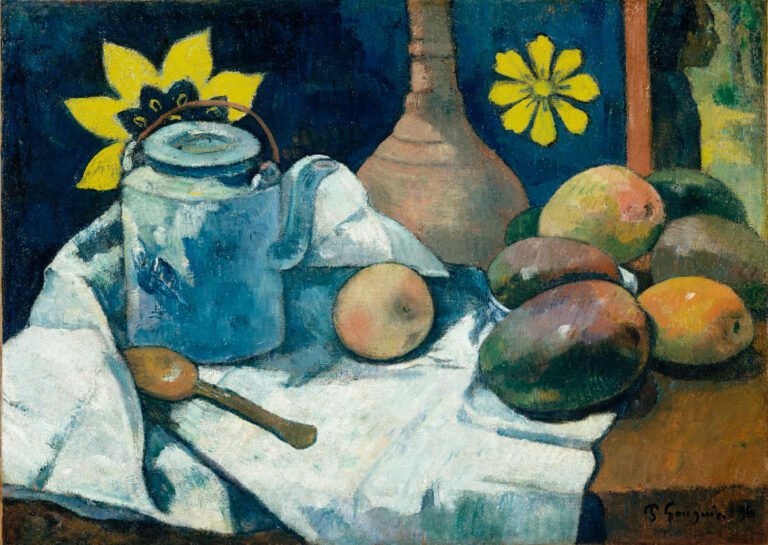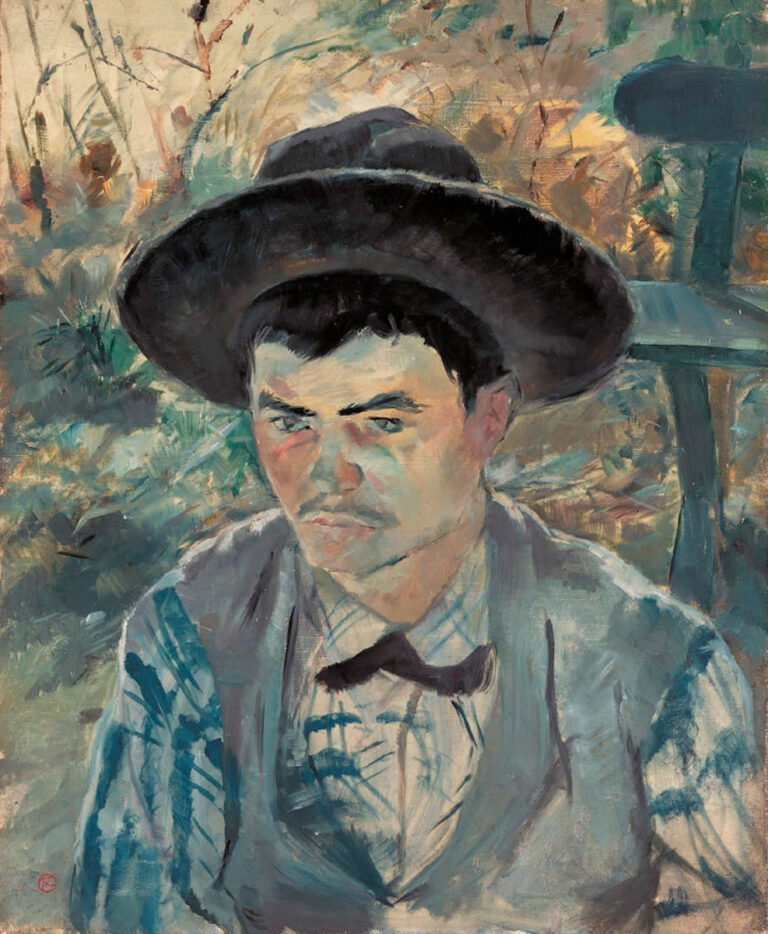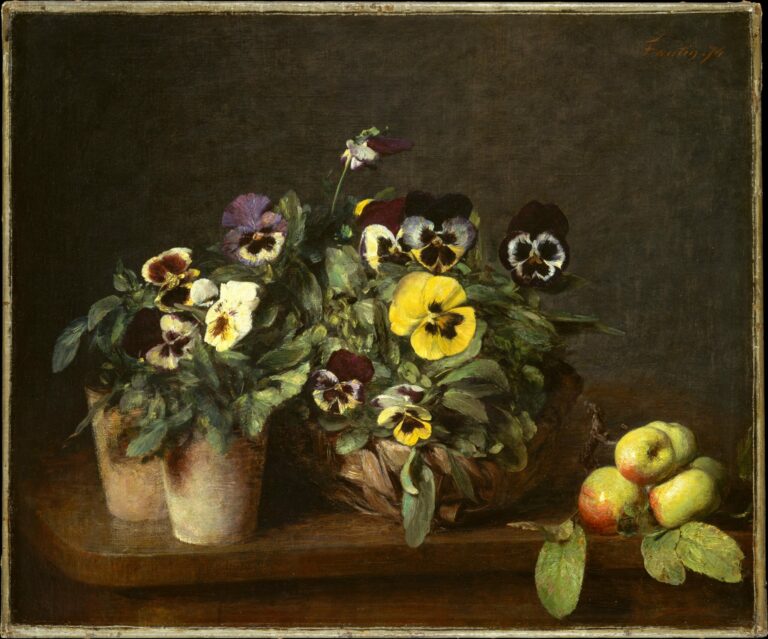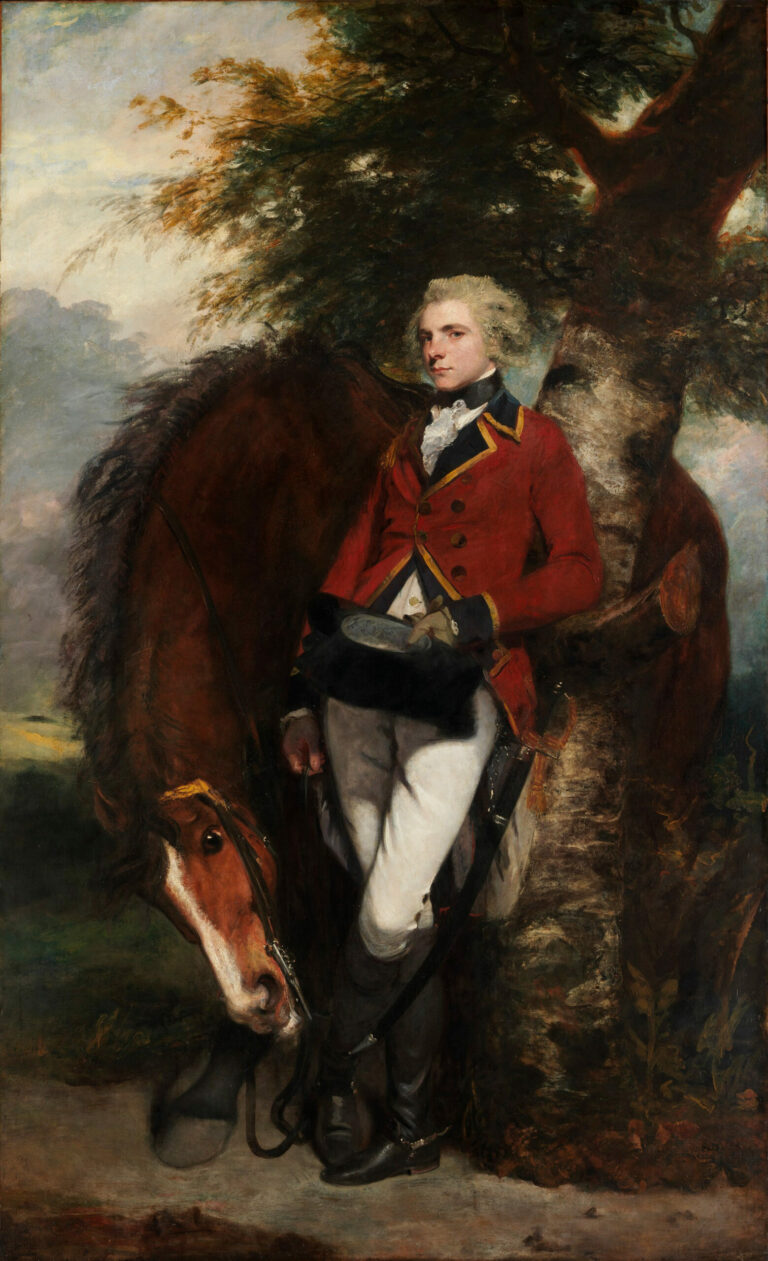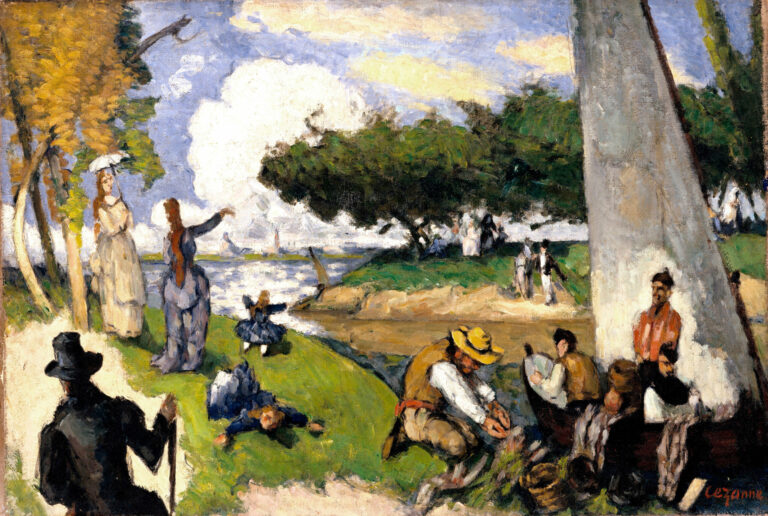
Utrecht, circa 1617. Gerrit van Honthorst plunges us into darkness to paint mockery. In the heart of night, figures surround Christ crowned with thorns. A single flame illuminates the scene. This light reveals each face, each gesture, each silence.
The Mastery of Caravaggesque Chiaroscuro
Honthorst uses a single light source: the torch held by a soldier. This flame sculpts bodies out of darkness. Christ, bare-chested, lowers his eyes with dignity. His pale skin contrasts with the deep shadows. Around him, five figures sneer and mock. One brandishes a staff, another shields himself from the light to see better. Faces emerge from the darkness. The composition focuses attention on this psychological violence. Every anatomical detail, every fabric fold is meticulously rendered.
A Work of the Catholic Reformation
This Mocking of Christ is part of the post-Tridentine spiritual renewal. The Church encouraged moving representations of Christ’s suffering. Honthorst responds to this demand with striking realism. He borrows from Caravaggio the radical tenebrism discovered during his Roman sojourn. But he adds a psychological dimension. The work invites meditation and empathy. It transforms a Gospel episode into a universal human experience.
Gerrit van Honthorst, Master of Night
Gerrit van Honthorst (1590-1656), nicknamed “Gherardo delle Notti” in Italy, excelled in nocturnal scenes. Trained in Utrecht, he perfected his art in Rome between 1610 and 1620. Upon returning to the Netherlands, he became one of the principal Caravaggisti of northern Europe. His talent earned him commissions from European courts.
Think about it
💭 Faced with this illuminated cruelty, what shadow within humanity do we recognize?
About This Work
- The Mocking of Christ, Gerrit van Honthorst, circa 1617
- Oil on canvas, 146.05 × 207.01 cm
- Los Angeles County Museum of Art (LACMA)
- https://collections.lacma.org/node/197948


